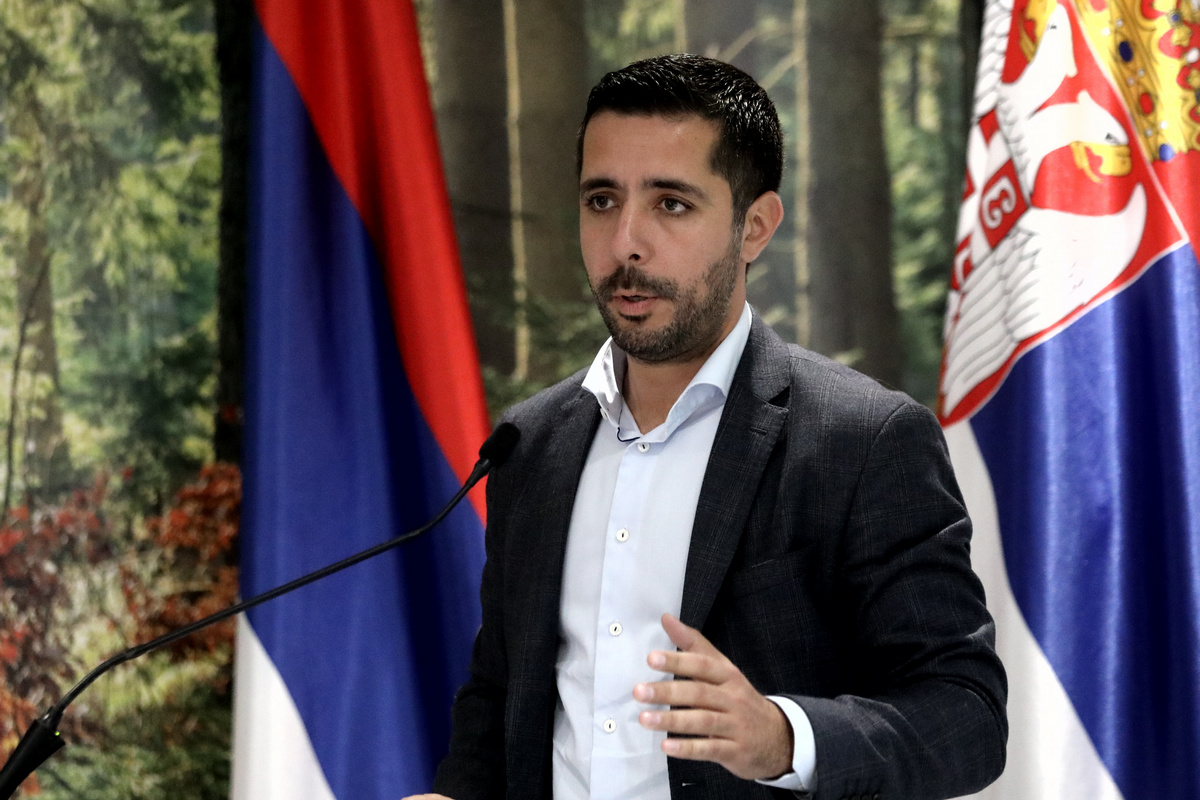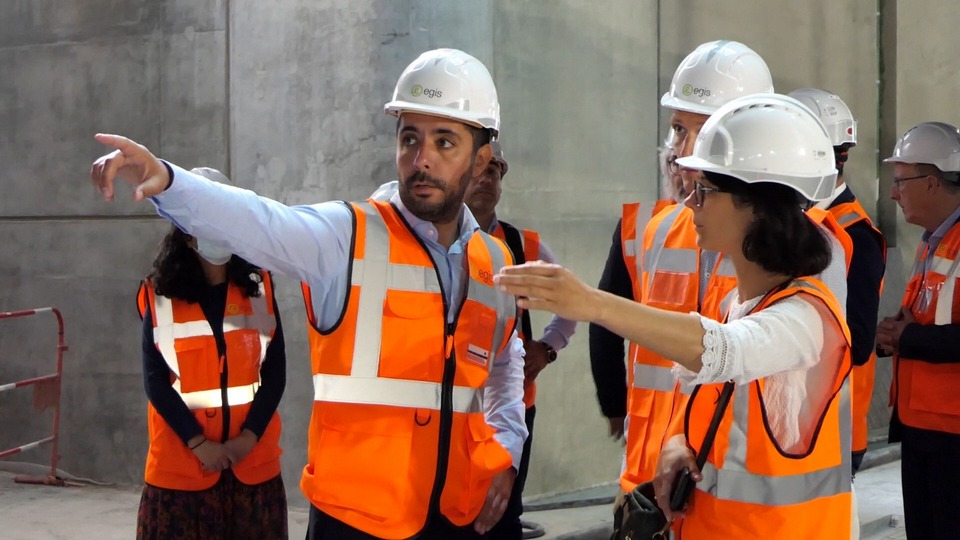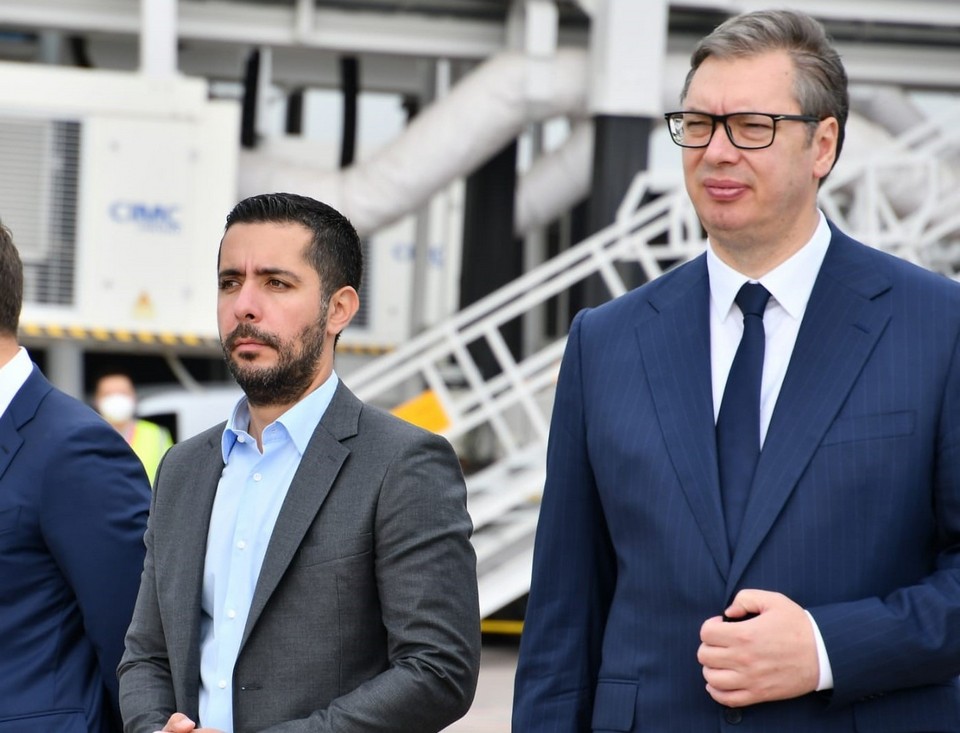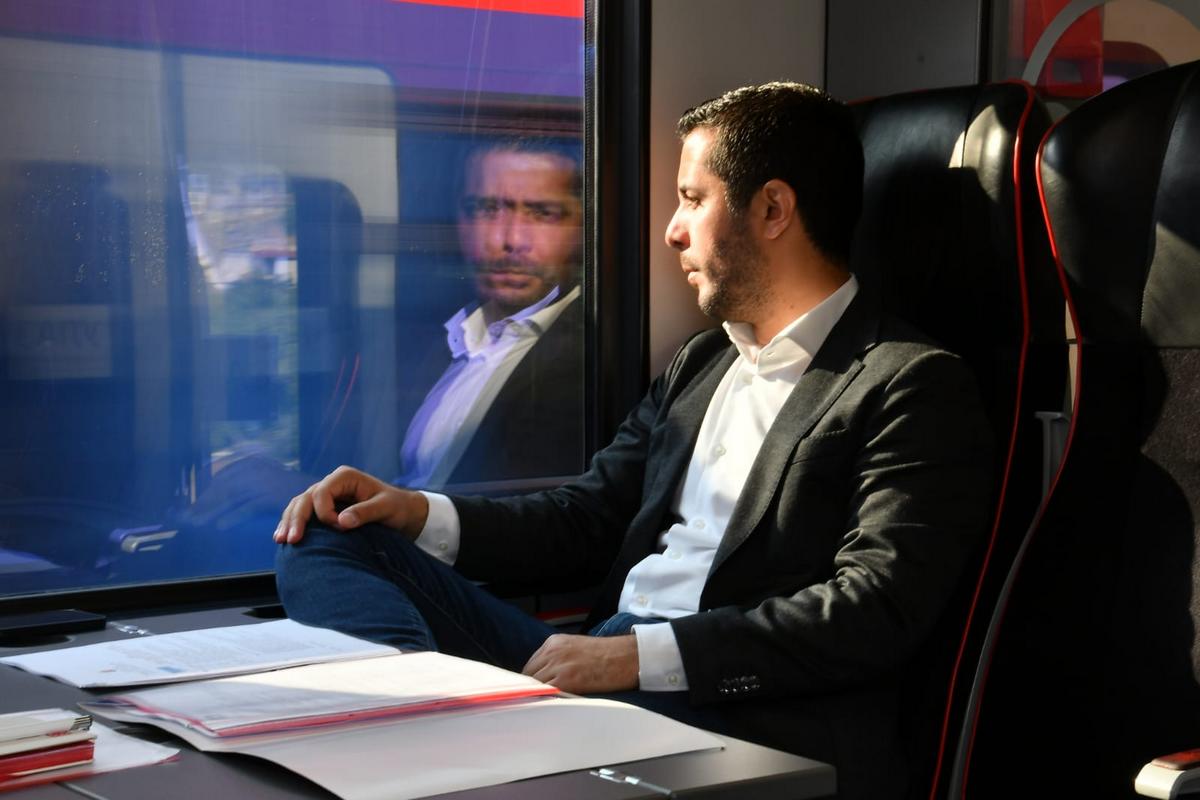The construction of modern infrastructure creates numerous opportunities for young people to continue living in their towns and cities, not having to emigrate, and to successfully implement their business ideas.
In an interview for our magazine, Tomislav Momirović, Minister of Construction, Transport and Infrastructure in the Government of the Republic of Serbia, talks about the effect of infrastructure on decentralization, the importance of Novi Sad and Belgrade being well-connected and the real estate market.

We are witnessing an incredible increase in real estate prices in Serbia. What is your opinion about that? Are these prices real or “inflated” and what would be the reason for such an increase, especially considering that real estate prices are currently falling across the world? Is there a risk of the so-called bubble bursting?
The market, i.e. the supply and demand, dictate real estate prices. Another option is a controlled market, that is the market that is under state control, which I don’t think would suit anyone, and it goes against elementary human freedoms and business logic. The increase in real estate prices is most noticeable in Belgrade, unlike in the rest of Serbia, except perhaps in the case of the prices of countryside cottages. The higher living standard in Serbia is conditioned by numerous positive developments and I am very glad that it has resulted in a greater number of people being able to resolve their housing issues.
The investment boom in Serbia did not happen by chance but as a result of the stability of political institutions and favourable economic conditions
For its part, the state has launched numerous infrastructural projects like the construction of motorways and local roads, the rehabilitation of the existing and the construction of a new railway grid, which significantly facilitated everyday life of our citizens, and the construction of the sewage grid and new wastewater treatment plants. All of these endeavours meant that we took very important steps toward a better quality of life for people in Serbia. The investment boom in Serbia did not happen by chance but as a result of the stability of political institutions and favourable economic conditions. Also, apart from the guaranteed legal security for their capital, the developed infrastructure is yet another reason why investors choose our country to invest in.
How much have numerous infrastructure and large construction projects pushed up prices in the real estate market?
In short, the successful implementation of large infrastructure projects primarily “pushes” GDP upwards. This is mostly maintained with stable state finances and a better living standard for citizens. Our goal is to have a better transport connection between Serbia, the region and the rest of the world, thus creating more opportunities for the Serbian citizens and improving their quality of life. On the other hand, the stable influx of foreign investors and the creation of new jobs for people in Serbia depend on the modernization of our infrastructure and the ability to adopt and apply the highest global standards in all types of transportation of people and goods.

We all know that the prices of real estate are formed based on the costs of urban construction land and construction costs. How does the price of building land affect such high prices, especially considering that many large developers in the residential construction segment obtained the land at more than favourable prices?
Yes, those are the main elements when it comes to forming real estate prices, but market price fluctuations do not depend only on that. For instance, the most expensive apartments in Belgrade were not built on land that was “obtained” from the state, but were bought at market value from citizens themselves. In times of economic stability and prosperity, which this government has made possible, their business is growing, unemployment is declining and wages are increasing. This leads to a higher number of people wanting to buy real estate, either via a mortgage or for cash, thus making a safe investment for the future. As far as the state is concerned, the most important thing for it is that in the process of constructing real estate and selling it, everything is done in line with the relevant regulations, and we can already notice that relevant government services are doing their part of the job as professionally as possible.
Has there been progress in issuing building permits? How long does it take on average now to obtain all the required papers and commence construction?
We are still at the top of the world when it comes to the speed of issuing building permits. For example, in March, according to the data collated by the State Statistics Office, 2,743 permits were issued, which is a 35.2-per cent increase compared to the same period last year. We are witnessing the biggest investment boom in the history of Serbian construction and infrastructure construction in the last 70 years. The total number of building permits issued in Serbia in 2021 was 30,039, and this trend has continued this year as well.
As one of the systematically-wise biggest ministries in the Government of the Republic of Serbia, our Ministry has a particularly large responsibility in the construction of modern Serbia and its economic future. Construction, and especially large state investments in the construction of infrastructure, have a decisive importance for maintaining the country’s macroeconomic stability. The projects that are being currently implemented are the most important projects done in the last half-century which goal is to completely modernize Serbia and equalize it in terms of development with the EU members.

The opening of the high-speed Belgrade-Novi Sad railroad, in addition to the rehabilitation of the railway grid, also creates new opportunities for urban development – practically creating a conurbation in this area. What will the new railway mean specifically for the residents of the two cities?
When you connect two of the country’s largest economic, social and educational centres with a high-speed railroad and shorten the commuting between them to a very comfortable half an hour of comfortable, a whole range of possibilities opens up. There are already companies whose employees work in one city and live in another, which doesn’t negatively affect the quality of their lives as they don’t have to move their families to their place of work. Now, it is much faster and more efficient to take the Soko high-speed train, than to travel by car or bus from one end of Novi Sad to the other, let alone to Belgrade. The speed and safety of this train create not only tourism benefits, as evidenced during the latest EXIT festival, but also shorten the time of commuting to and from work and the time for fulfilling family and medical treatment obligations.
In the last ten years, we have built close to 400 kilometres of motorways and expressways, which puts us shoulder to shoulder with the developed countries in Western Europe
The high-speed railway is not the only thing that is crucial for the development of Novi Sad. The Novi Sad bypass road with a bridge over the Danube is the largest development project in the city. Its successful completion will mean a lot to the residents of Novi Sad and all its visitors.
Is the Ministry preparing for the new wave of state urbanization and decentralization that is inevitably going to happen? The distance between Belgrade and other towns in Serbia is becoming shorter thanks to the new transport infrastructure, which can result in people departing big cities to live in smaller areas that are more comfortable for life. Do you see that as a good thing?
No government in Serbian history has done more for the country’s decentralization than this one. We are at the peak of the investment wave in the construction of road transport infrastructure in Serbia. In the last ten years, we have built close to 400 kilometres of motorways and expressways, which puts us shoulder to shoulder with the developed countries in Western Europe. Every kilometre of motorways and local roads ensures efficient and safe transportation of people, connects regions, boosts economic potential and, most importantly, facilitates the even development of entire Serbia.
We are creating opportunities for young people to live and work in their town of birth, not having to move, so they can successfully implement their business ideas, and that is the biggest benefit. It remains to be seen whether the Belgrade citizens will take advantage of this better connectivity and equal quality of life in smaller areas. Still, many jobs are not dependent on living in Belgrade, because can be done online, so it really doesn’t matter where you live – be it in Novi Sad, Kragujevac or a cottage on the Tara Mountain – providing you have a stable Internet connection and things you need for a comfortable life.
In order to improve the lives of citizens outside of Belgrade, I am particularly proud of the ecological project called “Clean Serbia”, under which auspices a total of 160 kilometres of new sewage grid have been built so far, and four wastewater treatment plants that will have been completed by the year-end. We are fundamentally changing the ecological picture of our beautiful country. We are investing in and implementing new environmental projects, and that is also a very important segment of Serbia’s successful decentralization.
